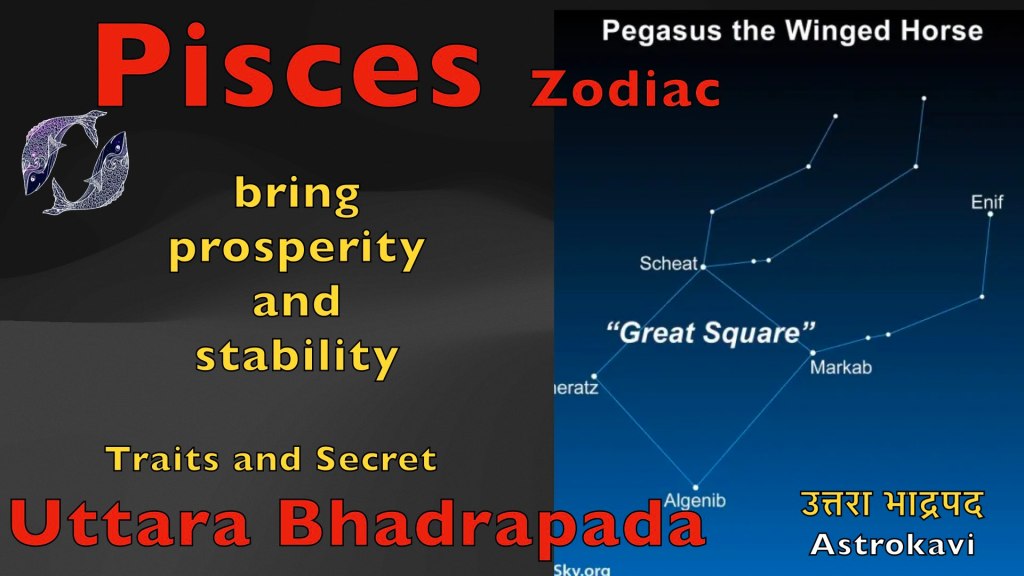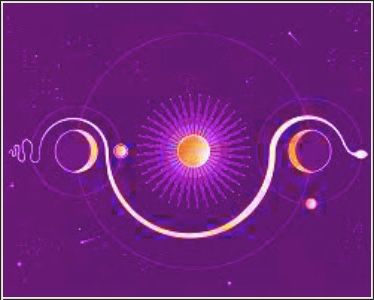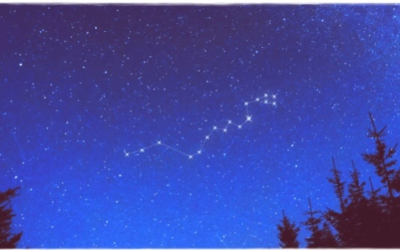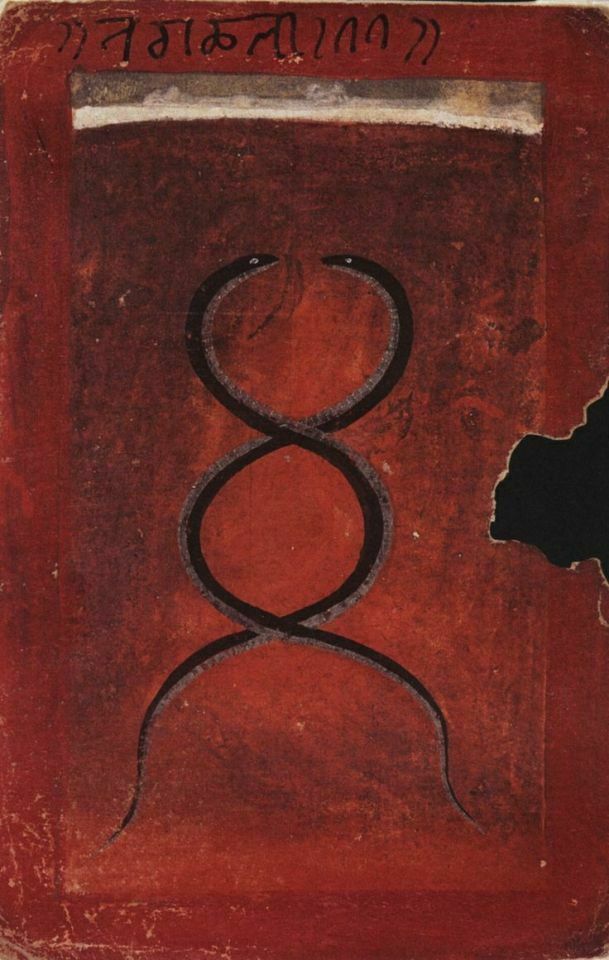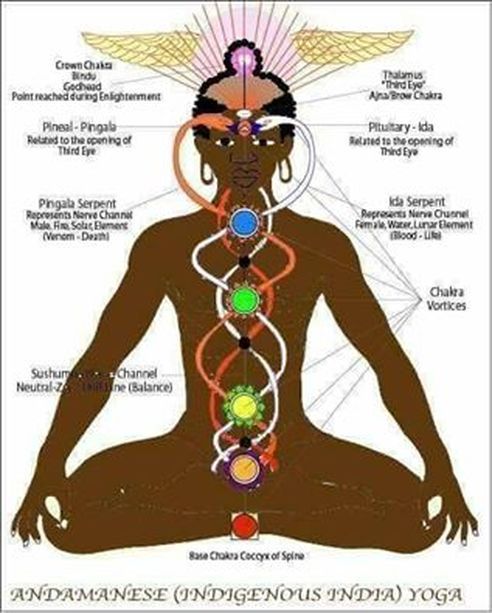
Originally, #Humanity as a collective was taught the knowledge of who we really are as spiritual beings and living holograms of the Universe; how to reconnect with Higher Self by raising #kundalini energy from the base of the spine up to the #third-eye and #crown #chakras…and lived at a much, much higher level of #consciousness and full potential in #human #form…
before the #Earth’s #people and #grid #system was deliberately #hijacked by dark beings with a negative #agenda, #who definitely don’t want us to wake up to our true #history and who we really are.
Here’s the thing. By #Universal #Law, we have to give our consent for what they have done here, and the only way they can accomplish this consent is by outright lies, deception and duplicity because if people knew the true agenda of these controllers, the majority of Humanity would never, ever, ever accept anything that has taken place here.
ia
In the last post, I tracked the alignment from the Palk Strait, located between Sri Lanka and India; to Vellore, in the northeastern part of the Indian State of Tamil Nadu; and ended up at Hyderabad, the capital and largest city of Telengana State on the Deccan Plateau.
Next on the alignment we come to the Ellora Caves, located in the Aurangabad District of Maharastra, India.
A UNESCO World Heritage Site, it is one of the largest rock-cut, monastery-temple cave complexes in the world, featuring Hindu, Buddhist, and Jain monuments and artwork, and we are told dating to the time-period of 600 – 1000 AD.
Of the 100-or-so caves at the site, excavated from the basalt cliffs in the Charanandri Hills, thirty-four are open to the public.
The Kailasa is the largest of the rock-cut temples at the Ellora Caves.
Carved from a rock-cliff face, it is considered one of the most remarkable cave temples in the world because of its size, architecture, and sculptural treatments.
Let me be clear: It is the world’s largest monolithic structure, meaning carved-out from the rock.
The Ajanta Caves are also in the Auranabad District of Maharashra state…
…almost thirty rock-cut Buddhist cave monuments, said to date from the 2nd-century BC to about 480 AD.
…and believed to be among the finest surviving examples of ancient Indian art, and masterpieces of Buddhist religious art.
The Ajanta Caves were said to have been re-discovered in 1819 by a British officer named John Smith.
While hunting tigers, he was said to have discovered the door to cave #10 when a local shepherd boy guided him to the location and the door.
John Smith went to a nearby village to get help gaining entrance to the temple, after which time he vandalized the wall by scratching his name and the date over a painting on the wall.
It is interesting to note that the Grand Canyon has Hindu names for some of its rock features, like the “Three Hindu Gods at the Grand Canyon…”
…as well as ones with Egyptian names, which are a part of the formation of a star map of the constellation Orion.
And there are stories from early explorers of the Grand Canyon, like the one of G. E. Kinkaid, who claimed to have found an entrance to a mysterious underground citadel…
…which led to the finding of a massive chamber from which scores of passages radiated…
…and finding, among many other similar things, an idol sitting cross-legged, with a lotus flower in each hand.
An expedition to a rock-cut vault in the Grand Canyon in 1909 by a Professor S. A. Jordan of the Smithsonian received front-page coverage in the Phoenix Gazette…
…about which the Smithsonian in short order was said to have claimed to not have knowledge of the discovery or the discoveries.
The “Grand Canyon of India…”
…is in a place called Gandikota, in the Andhra Pradesh State, along the Pennar River.
Gandikota, the center of power for various dynasties, including the Golconda Sultanate mentioned in the last post, also has a massive fort at Gandikota, built of granite, with a 20-foot, or 6-meter, high entry gate in a fort wall running around a 5-mile, or 8-kilometer, perimeter.
It has 101 bastions, each about 40-feet, or 12-meters, high.
The Belum Caves, approximately two-hours from Gandikota in Andhra Pradesh…
…are the largest and longest cave system open to the public on the Indian Subcontinent.
The Bezeklik Thousand Buddha Caves are found in Turpan, in the Uighur Autonomous Region of China, a complex of 77 rock-cut cave grottoes said to date from between the 5th and 14th centuries…
…that are located in what is called the Flaming Gorge…
…compared to the appearance of Arizona’s Grand Canyon.
What in the world is going on here?
I believe there is something very important that we have not been told about the universality of the spiritual beliefs, practices, and building technology of the ancient worldwide advanced civilization.
Examples of places in other countries with massive architecture cut directly out of rock include the eleven monolithc churches of Lalibela in Ethiopia.
Here are three of them…
…the roof of the mausoleum of Theodoric outside of Ravenna in Italy is described as a single, 230-ton, or 209-metric-tonne type of limestone…
…which for some reason no longer has its beautiful double-stone-staircase, and other features it used to have that look like they have been filled in…
…the ancient site of Petra in Jordan…
…and the Lycian rock-cut Dalyan temples in the province of Antalya in southern Turkey.
Just a short distance from the Ellora Cave-Temple Complex in Khuldabad…
…is the Tomb of Aurangzeb, considered the last of the strong Mughal Emperors, and who died in 1707. Aurangzeb means “Ornament of the Throne” in Persian.
A Persian name for the ruler of the Mughal Empire of the Indian subcontinent?
His burial site is located on at the complex of the dargah, or shrine, of Sheikh Zainuddin, a Sufi saint of the Dahkan, also known as Deccan, of India, and the spiritual and religious teacher of Aurangzeb.
As a matter of fact, Khuldabad is popular as the “Valley of Saints” because several Sufi saints resided there in the 14th-century.
Who were the Sufis?
They were mystics, and practitioners of the inward dimension of Islam.
Sufism emphasizes personal experience with the Divine, and concentrating one’s energy on spiritual development rather than focusing on the teachings of human religious scholars.
For example, followers of the Persian Sufi Mystic Rumi, from the Greater Khorasan…
…established the Mevlevi Order in Konya, Turkey, otherwise known as Whirling Dervishes, who practice a spinning dance used to connect with the Divine.
Okay, this information about the Mughal Emperor Aurangzeb having a Persian name and being a Sufi Muslim…
…and Rumi being a Persian from the Greater Khorasan is really nudging at my consciousness to bring in another stream of information.
Some of what I am about to share is based on things I have learned in tracking this alignment, and some of it is based on things I remember learning at some point in my life.
I am going to surf the synchronicities here because that is all I am able to do.
The validity of this information is gone from the official historical narrative about whether or not I am correct going in this direction.
I can’t definitively prove what I am going to say, but I can bring forward something that wants to come out in a meaningful way.
Earlier in this series, I tracked this alignment through Pakistan, Afghanistan, Iran, and Turkey.
I found the alignment running through a region historically called “the Greater Khorasan,” forming the northeast province of what is called Iran today, Persia historically, and comprising the present territories of northeastern Iran, parts of Afghanistan, and much of Central Asia.
Khorasan is said to mean something along the lines of “Land of the Sun,” or “Where the Sun Arrives from” in Persian.
Then, when I arrived in Turkey, known historically as Anatolia, I found out that Anatolia also means something along the lines of “Rising Sun” in ancient Greek.
Also, the “Land of the Rising Sun” is a popular nickname for the country of Japan.
So what this tells me is that the whole concept of the sun always rising on the empires of the ancient advanced civilization was embedded in language and collective awareness.
In similar fashion, we learned that the “Sun never set on the British Empire.”
We are told that between the 18th- and 20th-centuries, Britain acquired more and more territories, making it the largest empire in history.
When I saw the Persian name of the Mughal Emperor Aurangzeb, I vaguely recollected something about the Aryans. It rang the bell of a distant memory.
In looking up definitions of Aryan, here is what I am finding:
The Aryans brought Hindu religious thought to India;
The term was used by the Indo-Aryan people of the Vedic period in Ancient India as a religious label for themselves;
The Iranian people used the term as an ethnic label for themselves in the Avesta scriptures, the religious texts of Zoroastrianism, and the word “Aryan” forms the source of the country name Iran;
The definition of an Aryan, described by the Nazi Germans as a member of the Master Race, was not Jewish and had nordic features.
What exactly was the Nazi obsession with creating a Master Race all about?
Was this actually a desire to re-create the original Master Race?
Giant human beings who, among many other things, were capable of carving massive infrastructure right out of rock like it was no big deal?
When I was tracking this alignment through the modern country of Turkey, in the ancient region of Lake Van, I learned about the Kingdom of Urartu…
…which was historically part of Armenia.
Which brings me to the question: Who were the People of Ar?
Mt. Ararat, the legendary landing place of Noah’s Ark, was located in the historical Armenia, though now is within the boundaries of modern Turkey.
The Sumerians called Ararat “Arrata,” and they tell of this land of their ancestors in the Armenian Highlands in their epic poem of Gilgamesh.
Compare the boat pictured here with the Sumerian Gilgamesh with an ancient Egyptian boat…
…a boat on Lake Chad in Africa…
…and a boat on Lake Titicaca in Peru.
As a matter of fact, Arrata is said to be now recognized as the world’s most ancient, known civilization, dating back to 22,000 BCE, developing in the steppes north of the Black Sea, in modern Ukraine and believed to spread out from there to India, Mesopotamia, Egypt, Western China, and across Europe.
This is the Vorontsov Palace in Alupka, on the Black Sea’s Crimean Peninsula, which was historically part of the Ukraine, on the left, in comparison with the Jama Masyid Mosque in Delhi, India, on the right.
I found out that ancient India was known as Bharata Varsha at one time…or does the term Bharata Varsha refer to the entire earth?
Let’s take a look at Bavaria, a state in Germany, at the Linderhof Castle, the smallest of three castles said to have been built by mad King Ludwig II, constructed between 1863 and 1886.
This is the Peacock Throne found inside the Linderhof Palace.
…and Moorish architecture is found in this amazing room inside the main Linderhof Palace…
…and this building located on the grounds of the Linderhof Palace complex.
The Peacock Throne of the Mughal Emperor was a famous jewelled throne…
…located in the Hall of Private Audiences…
…at the Red Fort, in Delhi, India, the main residence of the Mughal Emperors.
…and now the Mughal Peacock Throne is on display at the Topkapi Palace in Istanbul, Turkey, not in India.
Where else can I find “ars?”
Tartary, or Tartaria, a historical region in northern and Central Asia…
…the Barbary Coast, or Barbaria, the name given to a vast region stretching from the Nile River Delta, across Northern Africa, to the Canary Islands…
…Gandhara, an ancient Buddhist Kingdom primarily in what is now Pakistan, and part of the Kushan Empire…
…Arabia…
…Arizona in the United States, with its flag on the top, compared with the flag of Tibet on the bottom, both looking very much like a sunrays in the background…
…and Kumari Kandam, a lost continent in the Indian Ocean that had an ancient Tamil civilization, to name just a few.
Who were the People of Ar?
Originally, Humanity as a collective was taught the knowledge of who we really are as spiritual beings and living holograms of the Universe; how to reconnect with Higher Self by raising kundalini energy from the base of the spine up to the third-eye and crown chakras…and lived at a much, much higher level of consciousness and full potential in human form…
…before the Earth’s people and grid system was deliberately hijacked by dark beings with a negative agenda, who definitely don’t want us to wake up to our true history and who we really are.
Here’s the thing. By Universal Law, we have to give our consent for what they have done here, and the only way they can accomplish this consent is by outright lies, deception and duplicity because if people knew the true agenda of these controllers, the majority of Humanity would never, ever, ever accept anything that has taken place here.
They wanted to rule over it all, take all wealth for themselves, and control the destiny of Humanity for their own benefit, not ours. And more and more people are waking up to this every day ~ we do not consent…and we never consented!
https://piercingtheveilofillusion.com/2020/04/23/sacred-geometry-ley-lines-places-in-alignment-part-22-the-ellora-caves-to-indore-india/






